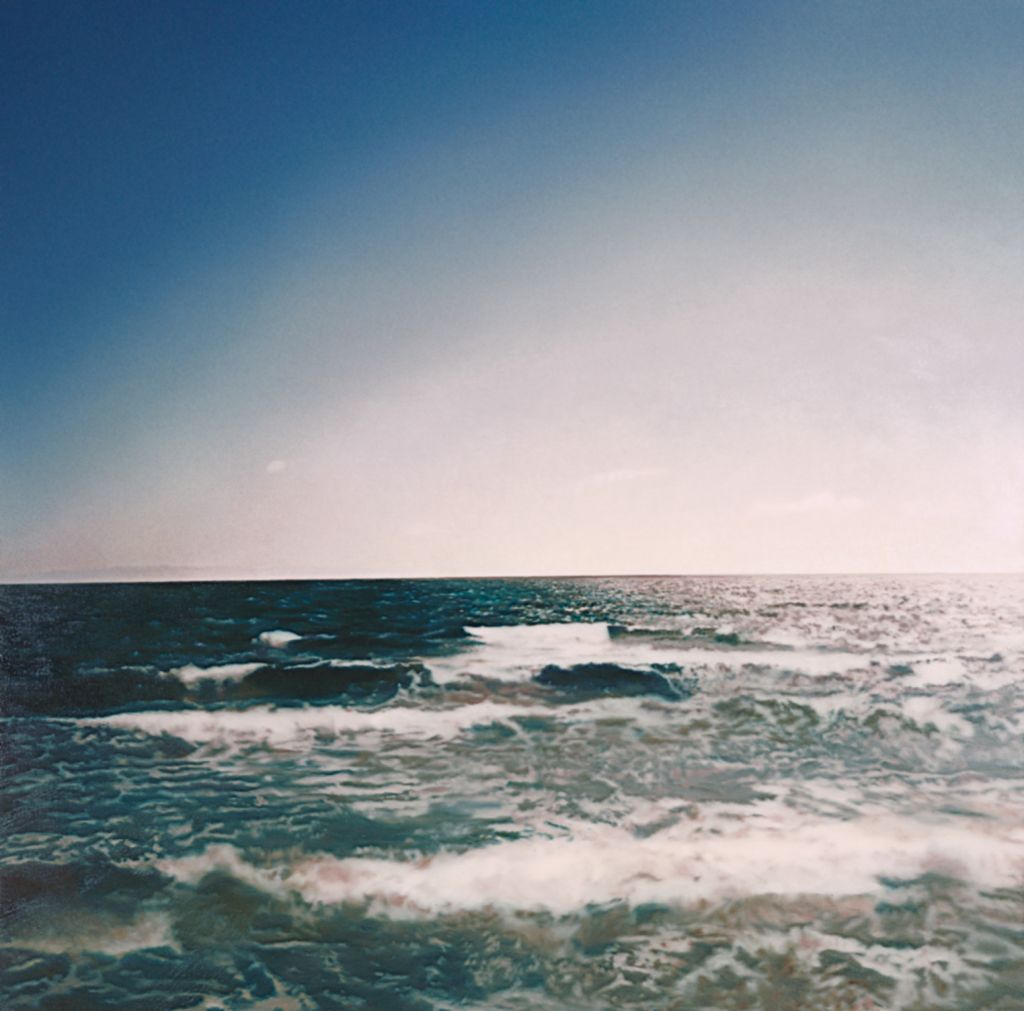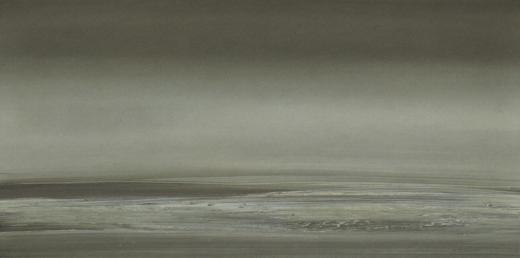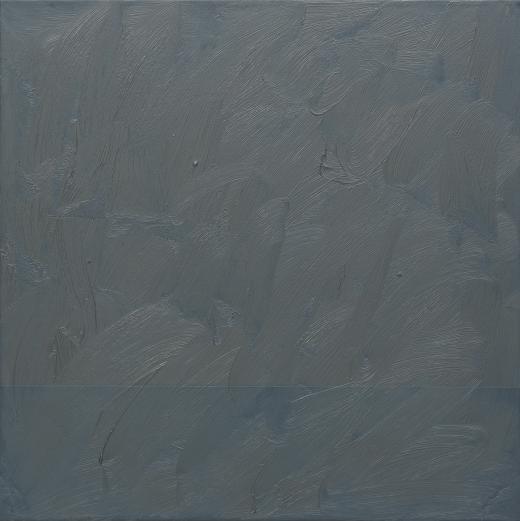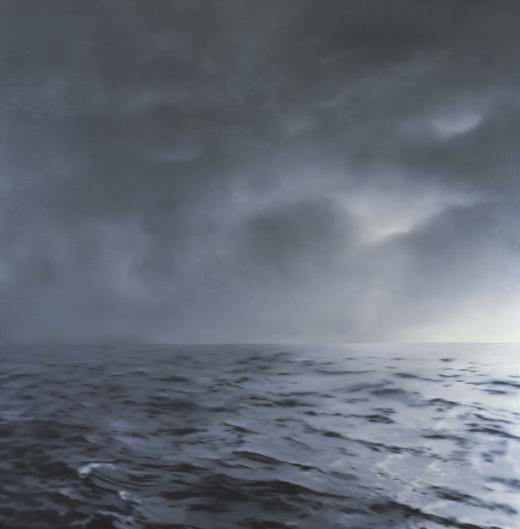Gerhard Richter: Seascapes
05.23.2019 - 09.09.2019
In 1968, the German artist Gerhard Richter painted the first of his works entitled Seascape (Seestück). Three decades and some twenty oil paintings separate that canvas from the last seascape painted by the artist, a work of 1998 belonging to the Collection of the Guggenheim Museum Bilbao. Down the years, those pictures adopted different sizes and formats, different colors and styles. An abstract seascape where the horizon line is barely intuited is followed by others where the photorealism of the sky is counterposed only by an ambiguous light. Immense skies occupy much of the canvas, and only on two occasions is their surface area surpassed by that of the sea. The horizon is stirred by formations of clouds or else is shown in absolute calm.
These works contain allusions to the epic character of the seascape, and also to what we can find in it that is either recognizable or deceptive. At the same time, they refer to tradition and to the act of breaking with it. A seascape by Richter is much more than a picture of the sea. It is an invitation to contemplate an illusion that breaks the rules of nature to make it more beautiful, more sublime, and above all, more perfect. These paintings start from a collage of two different photographs, one of the sky and the other of the sea, from which the ideal image is created―an illusory composition where there is something in the perspective and the light that entraps us. The flat surface, similar to that of photographs, is achieved through a technique of smearing the painting with squeegees that enables to apply highly diluted pigment.
Many authors relate these works by Gerhard Richter to the oeuvre of Caspar David Friedrich, and the artist himself said of this in an interview: "My landscapes have connections with Romanticism: sometimes I feel a genuine desire, an attraction, for that period, and some of my paintings are a tribute to Caspar David Friedrich." However, while both Friedrich's work and Richter's confront us with the sublimity of nature, the monumental scale of Friedrich's pictures is established through the human figures inserted in them, while in Richter's paintings it is the viewer who becomes the reference point that allows their scale to be deduced.
Many authors relate these works by Gerhard Richter to the oeuvre of Caspar David Friedrich, and the artist himself said of this in an interview: "My landscapes have connections with Romanticism: sometimes I feel a genuine desire, an attraction, for that period, and some of my paintings are a tribute to Caspar David Friedrich." However, while both Friedrich's work and Richter's confront us with the sublimity of nature, the monumental scale of Friedrich's pictures is established through the human figures inserted in them, while in Richter's paintings it is the viewer who becomes the reference point that allows their scale to be deduced.
The Exhibition
Artist
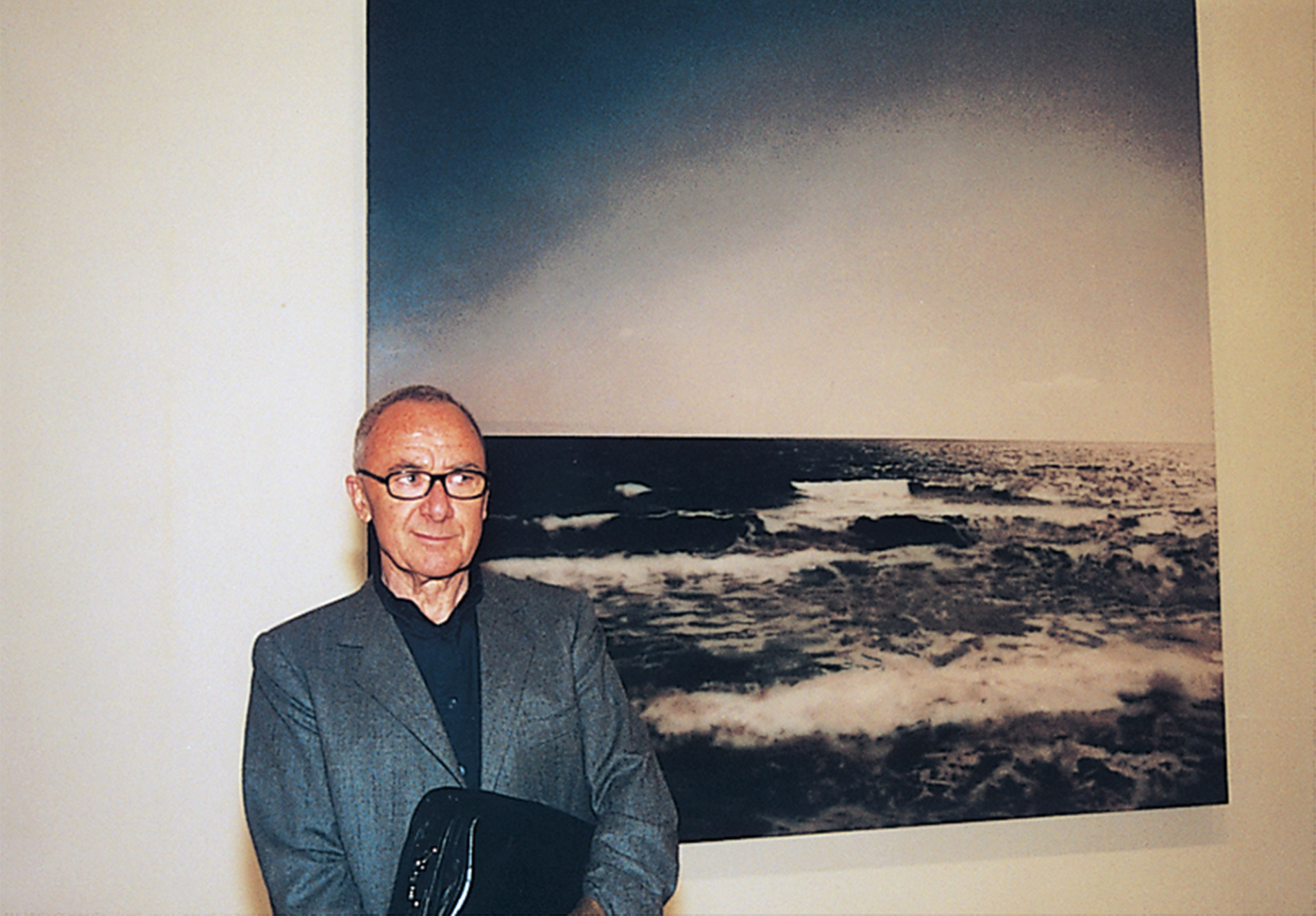
Richter, Gerhard
Dresden, Germany, 1932

